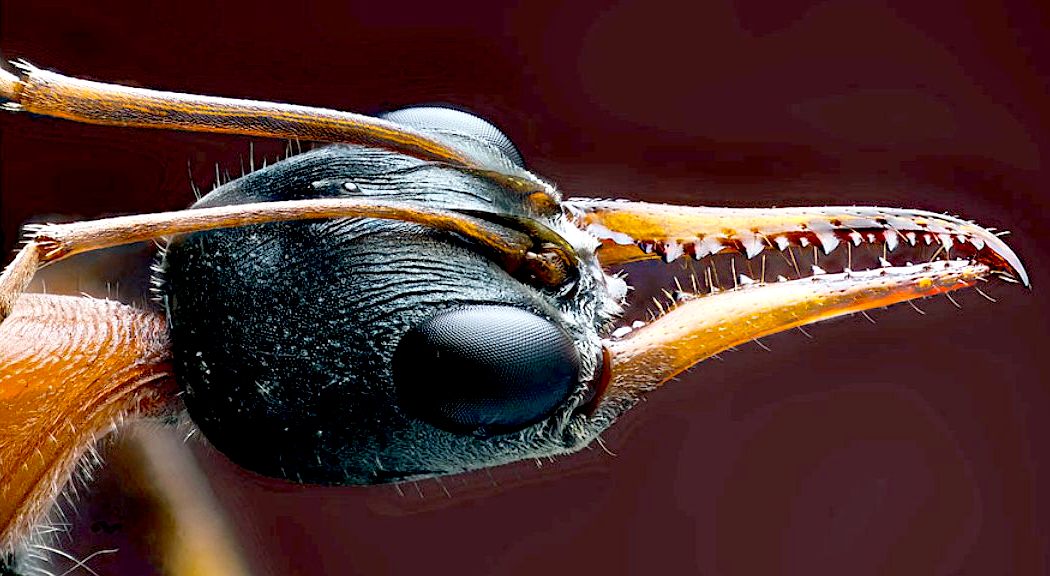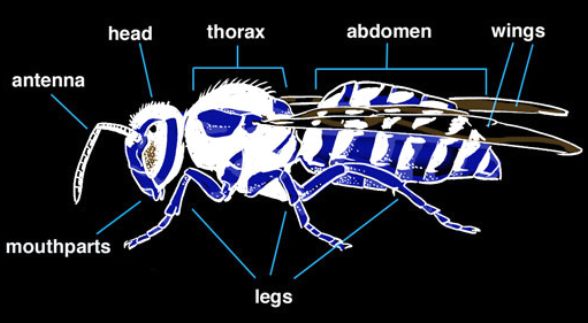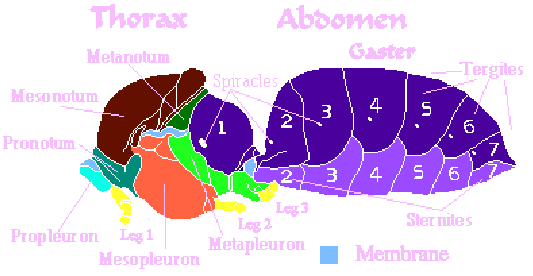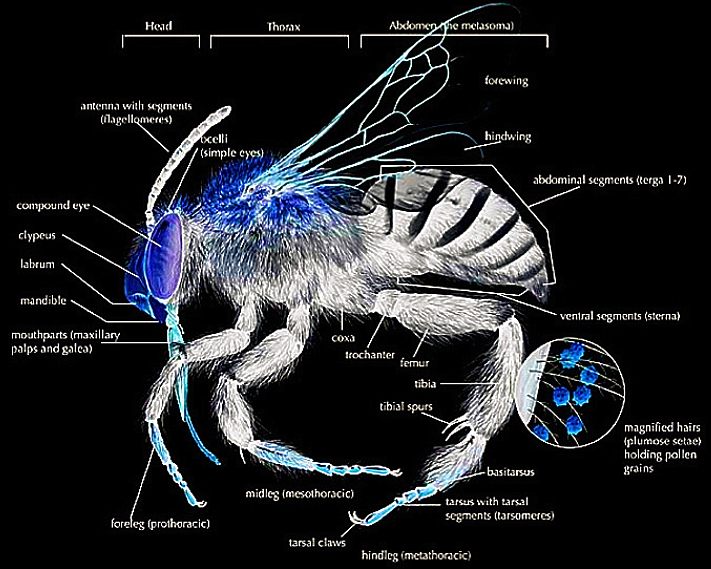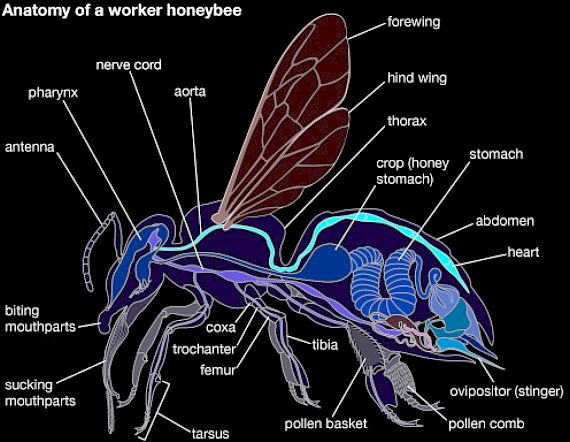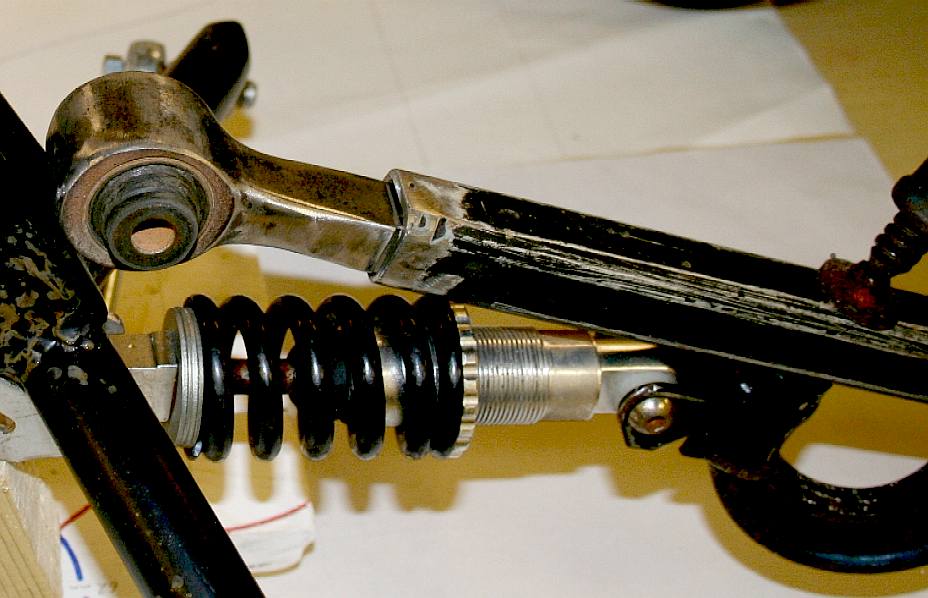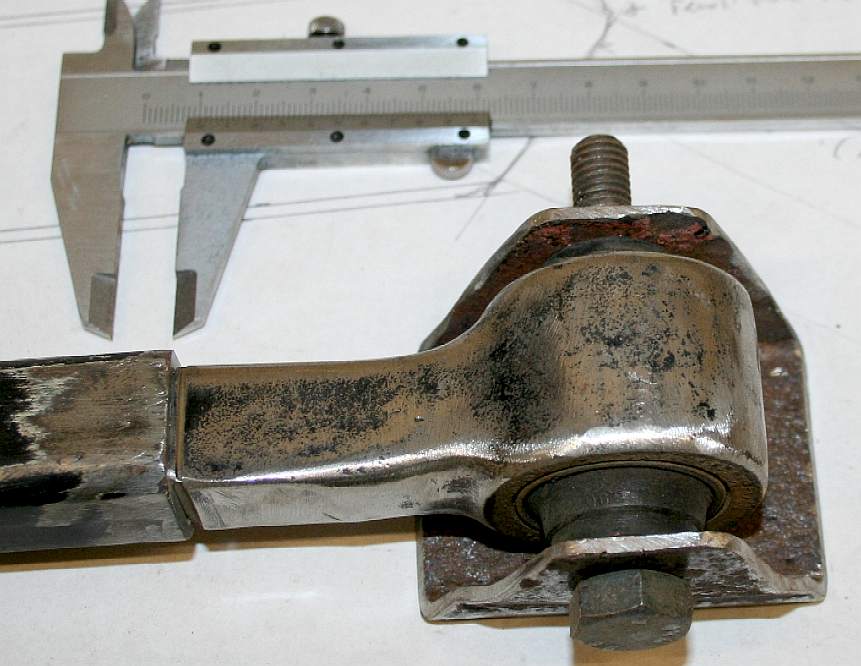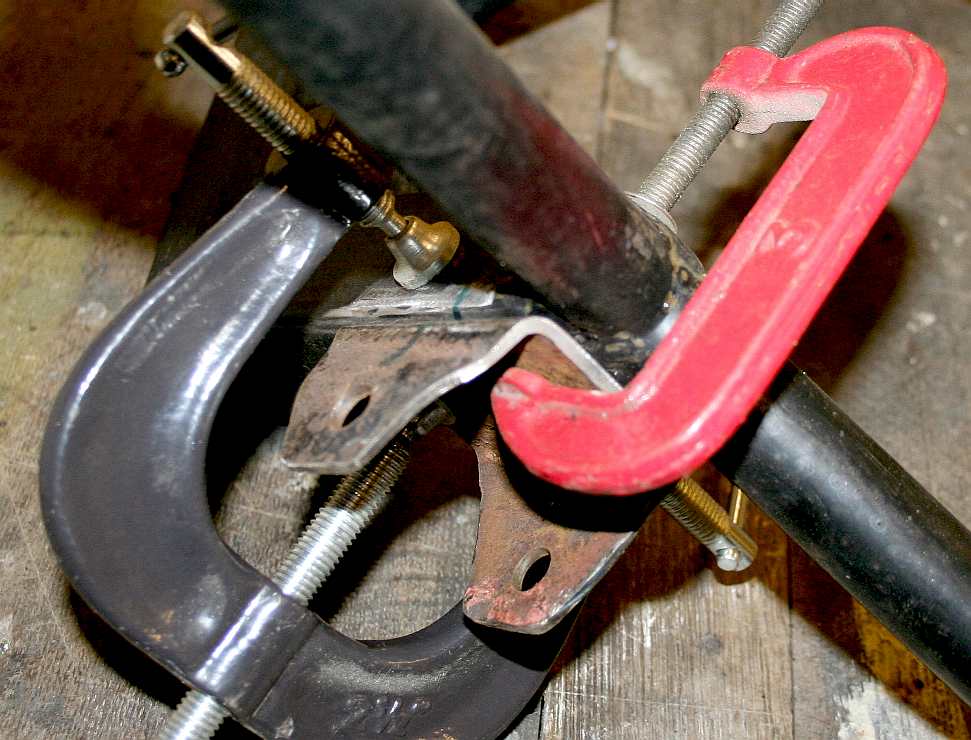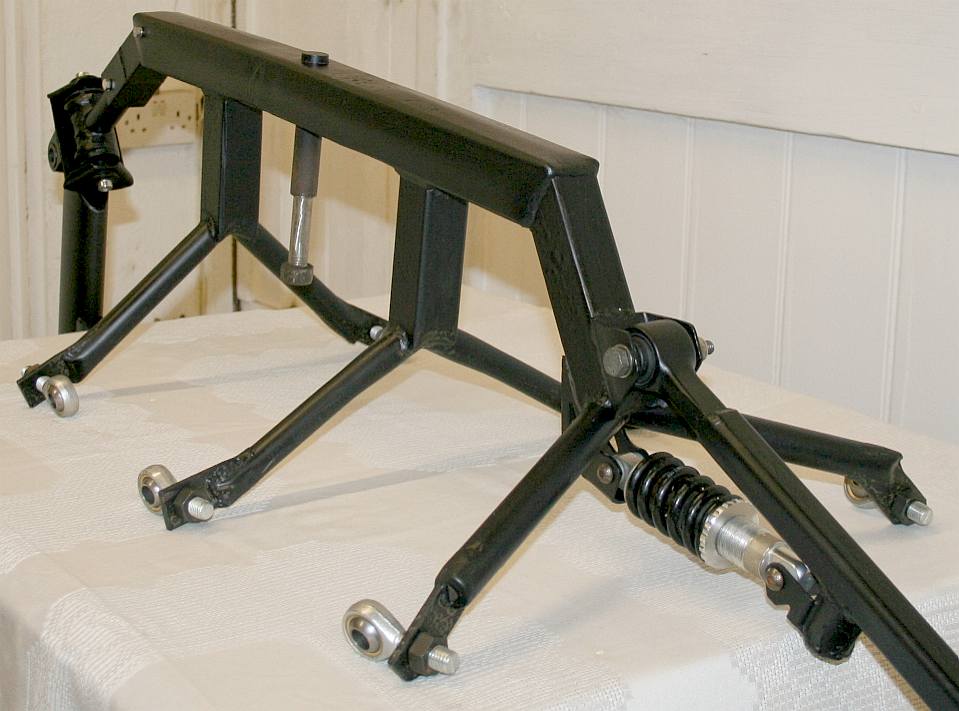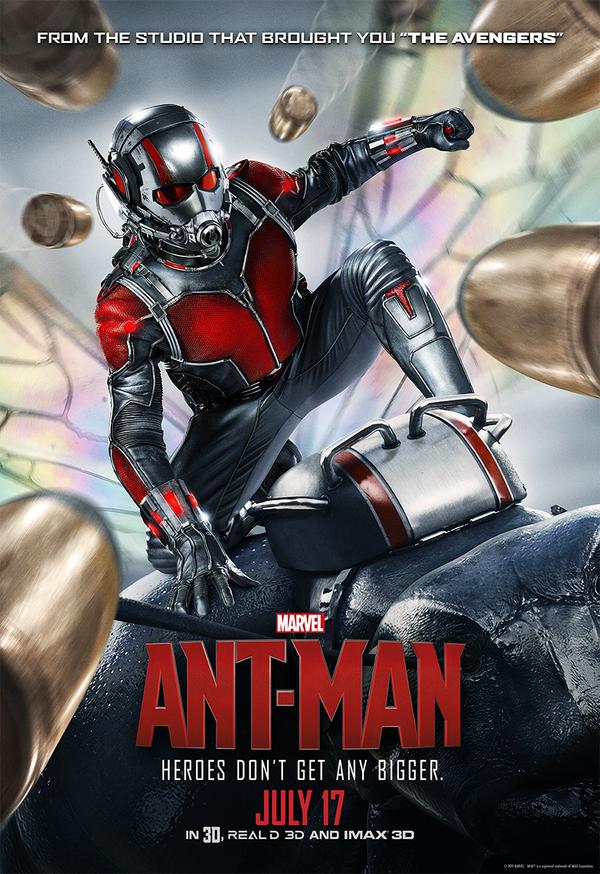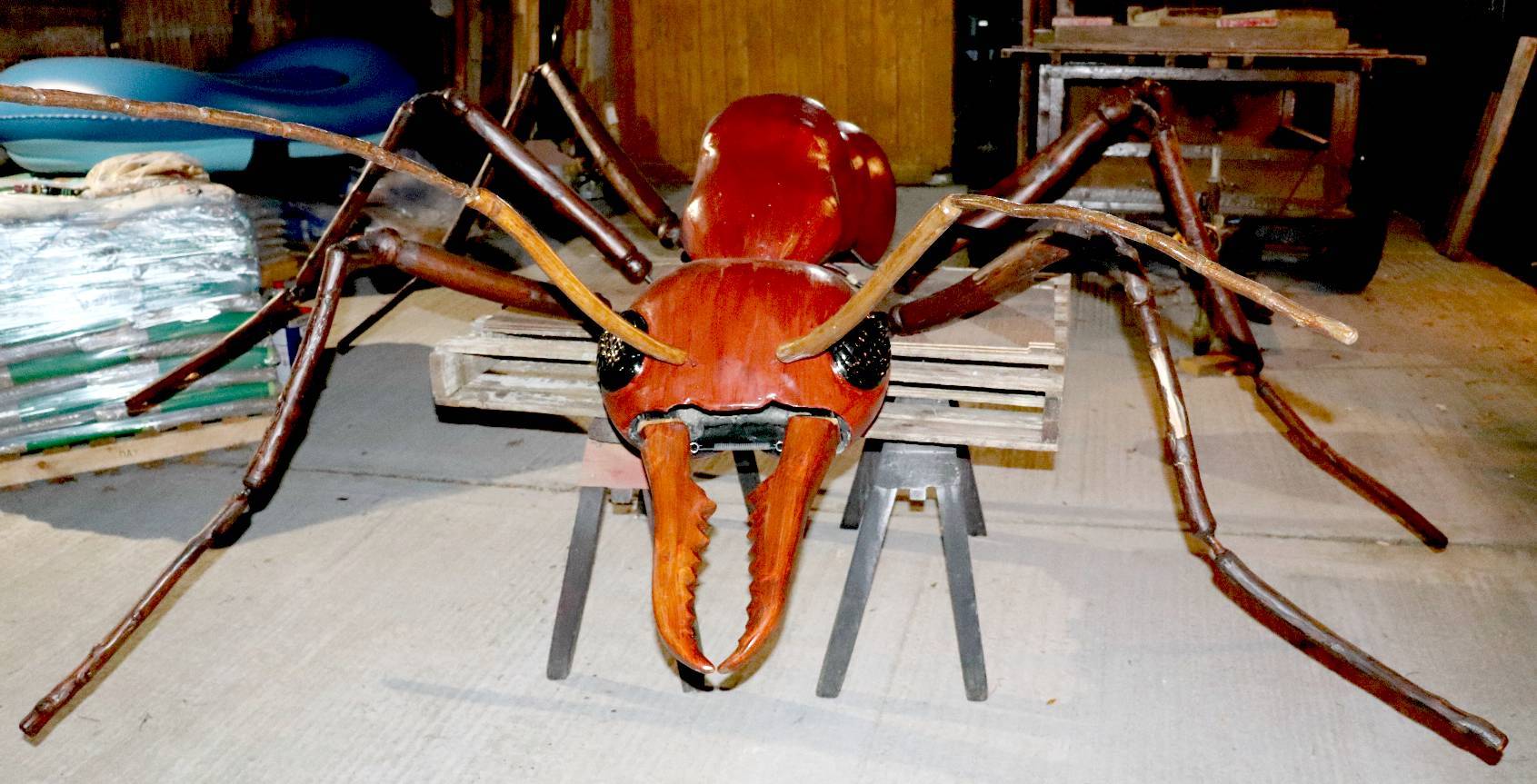|
GIANT ROBOT ANT - TAIL DESIGN
ANTICS - ARDUINO - ARMOUR - ARTWORK - BIOLOGY - BLACK BOX - COMPUTERS - ELECTRONICS - ENERGY - FRAME FORMICARIUM - HEAD - JAWS - JIMMY WATSON - KITS - LEGS - MECHANICS - MOTORS - MOVIE - PHOTOGRAPHY - RASPBERRY Pi R/C DRONE - SENTRY SOFTWARE - SOUND PROOFING - SPACE ROVERS - SPEED - SUSPENSION - TAIL - UKRAINE DRONES - WEAPONS - WARGAMING
|
|
|
FABULOUS - You can't beat nature. We'll not be aiming to replicate this 100%, but doing an interpretation based on likely evolution with a lot of artistic licence thrown in. As you will see from the sequence below, there is quite a lot of engineering to make a decent frame to work from. We do encourage robot enthusiasts to build their own robot (DIY) and for that reason we explain how it is done. You should though be aware that you will need a workbench, vice, pillar drill, welding equipment, grinders, files and more. If you cannot weld, that is the first hurdle - or ask us to make one for you. It may work out a lot cheaper than equipping a workshop - it is though a lot of fun making a robot yourself - and you will need some handyman skills, even if we make the big steel parts for you.
CHRISTMAS GIANT ROBOT ANT PROJECT - TAIL END
The
tail or abdomen of an insect contains the heart, respiratory organs, reproductive organs, mid-gut and other digestive organs.
In
ants, many of the 11 segments are fused together. Adaptation is the way
that most life-forms on earth change to meet ecological niches. The abdomen is built up of a series of concave upper integumental plates known as 'tergites' and convex lower integumental plates known as 'sternites', the whole being held together by a tough yet stretchable membrane.
The main structure of an insect's digestive system is a long enclosed tube called the alimentary canal, which runs lengthwise through the body. The alimentary canal directs food in one direction: from the mouth to the anus, where waste is ejected from the body, again, much the same as with other animals.
In our robot, the tail carries the batteries, some computer components and other electronic equipment, so is just as important for the machine version of a bulldog ant as the biological version.
THE CHITIN BODY PARTS - Using the wasp for identification of the main body parts
EXTERNALS & INTERNALS - Using the honey bee to identify the organs of the insect as distinct from the outside appearance of the animal. Before they see these diagrams, most people would believe that the heart and stomach are in the thorax. Why? Because of our make up. Our stomach and heart is in the central section of our bodies.
Note that flying insects generally have a larger abdomen and thorax. The thorax is larger because it has to contain large muscles to operate the wings. The abdomen is larger because the heart and other organs have to supply more nutrients to burn the oxygen for energy to enable flight. Think bumble-bee.
GENERAL INSECT ANATOMY - MECHANICS
It is helpful to understand the basic arrangement (design) of an insect when building a giant robot hexapod.
Insects have segmented bodies (organs) supported by an 'exoskeleton' (outer frame), a hard-jointed outer covering made mostly of chitin - a plastic like material. Mammals, including humans, have a skeleton, a hard central frame onto which muscles attach, where legs and arms fit onto the central frame (spine and hips) with ball and socket joints. Mammals also need a rib cage made of thinner bones to support the lungs.
The segments of the body of an insect are organized into three distinctive but interconnected units, or tagmata:
1. a head, 2. a thorax, and 3. an abdomen.
1. - The head supports a pair of sensory antennae, a pair of compound eyes, if present, one to three simple eyes (ocelli), and three sets of variously modified appendages that form the mouthparts.
2. - The thorax has six segmented legs (one pair each for the prothorax, mesothorax and the metathorax segments making up the thorax) and two or four wings (if present in the species).
3. - The abdomen (made up of 11 segments, some of which may be reduced or fused) has most of the digestive, respiratory, excretory and reproductive internal structures. There is considerable variation and many adaptations in the body parts of insects, especially wings, legs, antenna, and mouthparts.
ENERGY STORAGE
We want our batteries to be protected from water and extremes of temperature. We also want to be able to carry sufficient storage to get the job done - whatever that "mission" turns out to be.
This means that from the main tube or beam, we need mini shelves or frames to fix the batteries to (or into) and an outer frame onto which the tail bodywork can be attached securely.
ELECTRONICS
Similarly, and more sensitive to water and mechanical impacts, we need to mount electronic components and computer parts so that they are protected. The abdomen is the ideal location for this, isolated from the moving parts in the thorax, or main body section.
BLACK BOX
It will be fun to incorporate a black box as a data logger. The black box might include protection for computer parts and programs, but especially for recorded video that might be useful when it is necessary to identify an assailant, such as in paintball gaming, to help you develop strategy. To prevent opposing teams gaining access to your solid state hard drive, a level of encryption may be an advantage. As we say, this is a bit of fun for your team to explore. There will be a black box of sorts.
TAIL SUSPENSION - Seen here positioned prior to welding, the battery power pack is located in the tail of the DinoBot. In order to protect the development gel cells (and any other energy storage medium) the tail bearing is rubber bushed and the whole tail assembly, including protective bodywork, is further cushioned with a nylon-bushed coil over shock-absorber suspension strut. As you can see from the photograph this unit is adjustable for ride height and ride hardness. Please note that this frame is Design Copyright and that this photograph is Copyright © Jameson Hunter Ltd 4 January 2016. All rights reserved. You will need permission from Jameson Hunter to be able to reproduce it.
TAIL BRACKET - January 31 2016 - A steel bracket is made to accept an 11mm high tensile steel bolt. The drop forged steel suspension joint is rubber bushed to insulate the batteries from jarring as the robot operates at high speed. This is a recycled item from a vehicle, where the donor part was still in good serviceable condition. Renewing a rubber bush requires a 20 ton press. For this reason, many auto parts are supplied as replacement, rather than repair items - and that is why mechanics are sometimes called 'fitters.'
CLAMPED - The tail bracket is clamped in position ready for MIG welding.
FRAME ARTICULATION - The bracket is welded in place and the tail tube and suspension coil-over-shock absorber/spring is bolted in place with a little MS3 molybdenum grease that not only lubricates the joint but also stops rusting when inside the bush for very long periods of duty. Please note that this frame is Design Copyright and that this photograph is Copyright © Jameson Hunter Ltd 31 January 2016. All rights reserved. You will need permission from Jameson Hunter to be able to reproduce it.
LINKS & REFERENCE
https://en.wikipedia.org/wiki/USB_flash_drive_security https://en.wikipedia.org/wiki/Train_event_recorder https://en.wikipedia.org/wiki/Flight_recorder#Flight_data_recorder
LEFT - Movie idea, lurking beneath the Antarctic ice is a discovery that scientists will die for. This story is now the subject of a low budget trailer to be produced mostly in the UK. The promoters are looking for backers. The UK will contribute 20% toward production costs. Roughly 60% of a low budget film may be pre-sold as distribution rights, leaving 20% finance to source. The deal is that investors recover 120% on their project stake within 12 months of shooting, with an income stream thereafter from networks and merchandising. Producers and directors please take note that there is a significant audience for well made movies of this genre. Look at what happened when they remade Godzilla. RIGHT - 2015 movie inspired by the Marvel graphic novels.
A Sectasaur™ (thawed) - now on permanent display at Herstmonceux Museum, in Sussex, England.
ANTICS - ARDUINO - ARMOUR - ARTWORK - BIOLOGY - BLACK BOX - COMPUTERS - ELECTRONICS - ENERGY - FRAME - HEAD - JAWS - JIMMY WATSON - KITS - LEGS - MECHANICS - MOTORS - MOVIE - PHOTOGRAPHY - RASPBERRY Pi - R/C DRONE - SENTRY - SOFTWARE - SOUND PROOFING - SPEED - SUSPENSION - TAIL - WEAPONS - WARGAMING
DINOSAURS - DOLPHINS - HUMANOIDS - RAYS - SHARKS - WHALES
ARDUINO - ARM HOLDINGS - BEAGLEBOARD - MBED - PCBS - PICAXE - RASPBERRY PI
|
|
|
This website is Copyright © 2024 Bluebird Marine Systems Limited. The names Bluebird™, Bluefish™, Miss Ocean™, SeaNet™, SeaVax™ are trademarks. All other trademarks are hereby acknowledged. The design of the Robot Ant on this page is design copyright © December 15 2015, all rights reserved - Jameson Hunter Ltd. IMPORTANT NOTE: Under no circumstances may our products, or those of Jameson Hunter Ltd, be used by any military or law enforcement organization, for any warlike, combat, or peacekeeping crowd control purposes. Anyone purchasing one of these units will be required to sign a binding undertaking (Deed) to that effect. Any unit found to have been purchased by proxy, will be confiscated, along with civil remedy in respect of breach of contract, that all parties in the chain will be vicariously liable for - to include damages for vehicles developed from our designs without our consent - and possible fraud issue from the deception. In addition to copyright theft, the law of passing-off applies.
|
